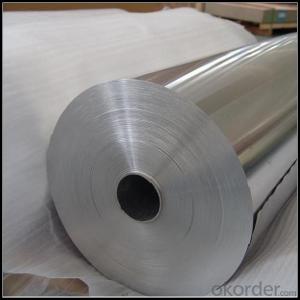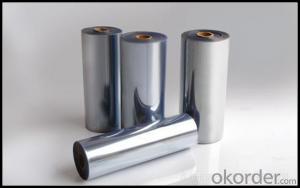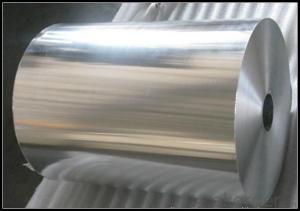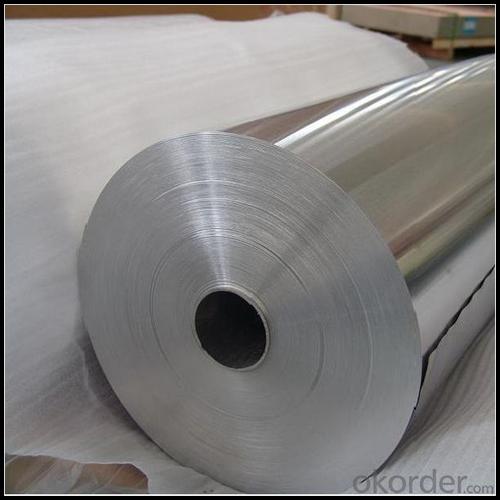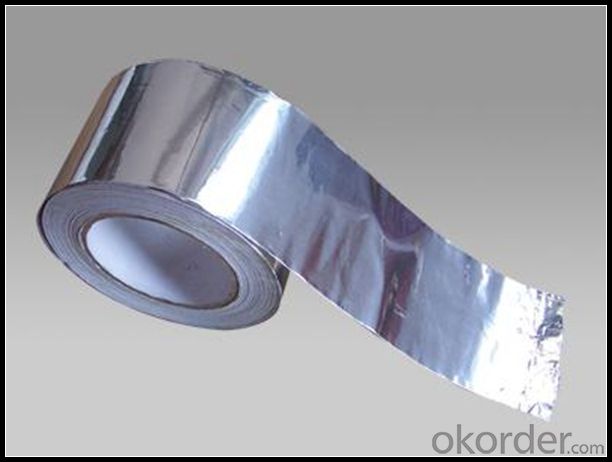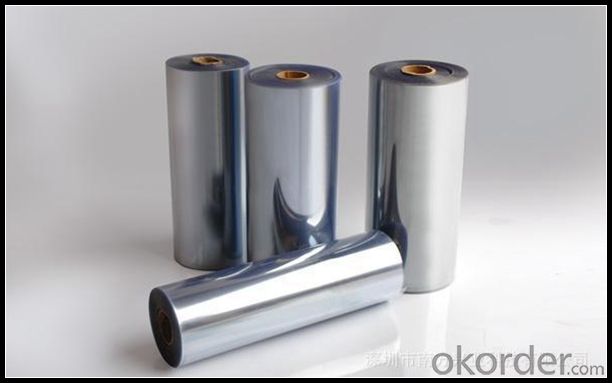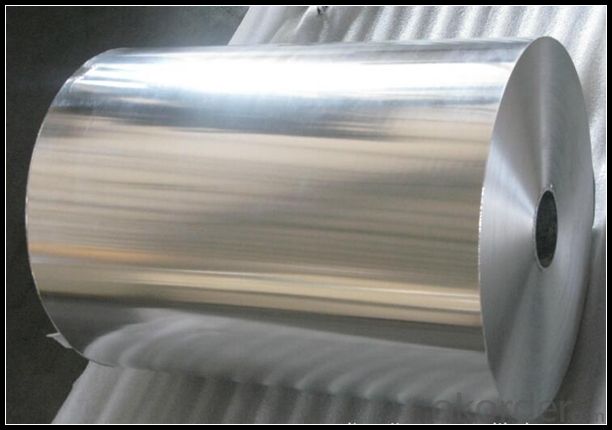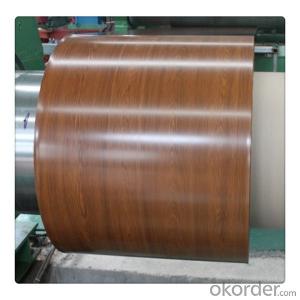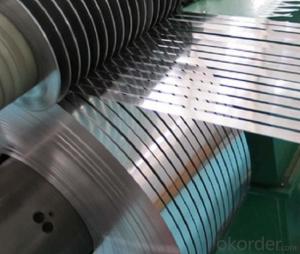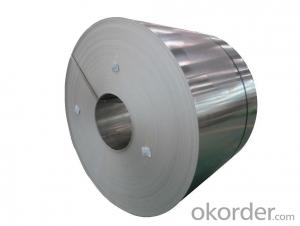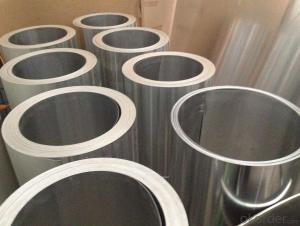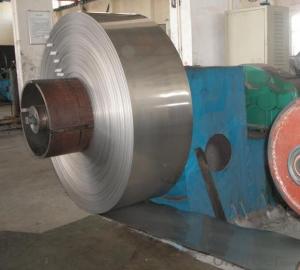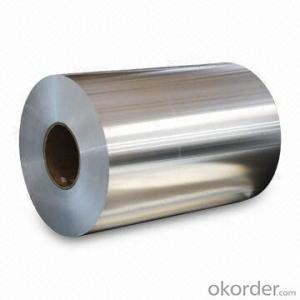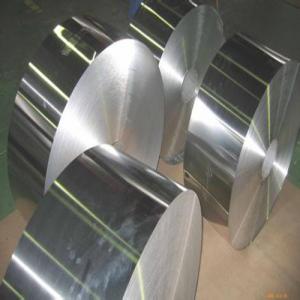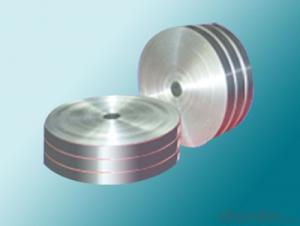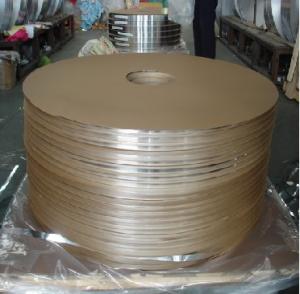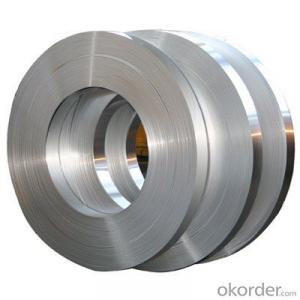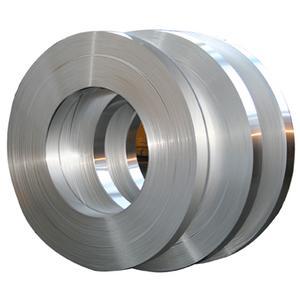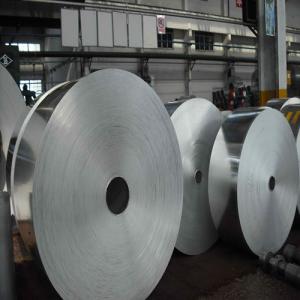Anodized Aluminum Molding Strips Sheet and Coil for Sale
- Loading Port:
- Tianjin
- Payment Terms:
- TT OR LC
- Min Order Qty:
- 1 m.t.
- Supply Capability:
- 4999 m.t./month
OKorder Service Pledge
OKorder Financial Service
You Might Also Like
Specification
1. Specification of Aluminum
1) Alloy | 1050, 1060,1100, 3003 3004 3105 3005 5005 5052 etc |
2) Temper | O/H12/H14/H1/H18/H32/H34/H36/H38//H111/H112/H116/H321/T6/T651/T3/T351 etc |
3) Thickness | 0.1mm to 6mm |
4) Width | 20mm to 3300mm |
2. Application of Aluminum
(1).Alumina
(2). Facades, roofing, canopies, tunnels,column Sulfates
(3).Niche compounds..
3. Feature of Aluminum
Aluminium is a relatively soft, durable, lightweight, ductile and malleable metal with appearance ranging from silvery to dull gray, depending on the surface roughness.
4. Certificate:
SGS and ROHS(if client request, paid by client), MTC(plant provided), Certificate of Origin(FORM A, FORM E, CO), Bureau Veritas and SGS (if client request, paid by client), CIQS certificate
5. Image of Aluminum
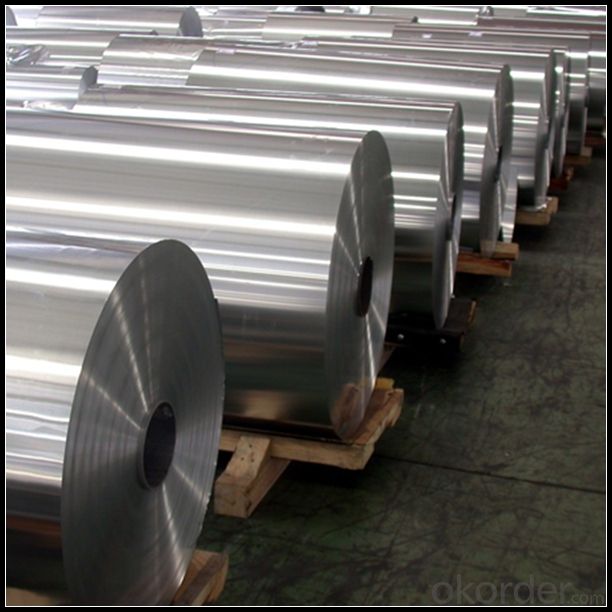
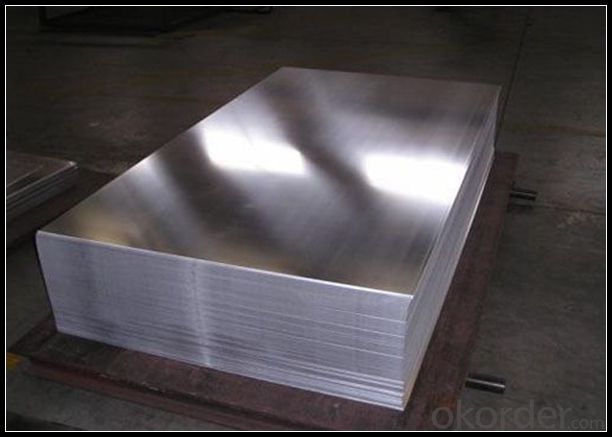
6. Our Service
1. Reply your enquiry in 24 working hours. |
2. OEM, buyer design, buyer label services provided. |
3. Exclusive and unique solution can be provide to our customer by our well traned and professional engineers and staffs. |
4. We can provide free sample for your check |
5. We have the certification of ISO 9001 |
6. Timely delivery |
7. Special discount and protection of sales area provided to our distributor. |
8. Good after-sale service. |
7. FAQ
Q: What is the produce prase? | ||||
A: Normally it would be 40days after received your deposit. | ||||
Q: Can you provide free samples? | ||||
A: Yes, free samples will be sent to you on freight at destination. | ||||
Q: Can I get your latest catalogue? | ||||
A: Yes, it will be sent to you in no time. | ||||
Q: What is the MOQ? | ||||
A: 3 tons | ||||
Q: What are your payment terms? | ||||
A: We accept L/C, D/A, D/P, T/T, West Union,etc. |
- Q: This question asks for guidance on selecting the appropriate aluminum strip for home use.
- <p>To choose the right type of aluminum strip for your home, consider the following factors: 1) Purpose: Determine if the strip is for decoration, structural support, or insulation. 2) Thickness: Select the appropriate thickness based on the strip's purpose and load-bearing requirements. 3) Finish: Choose between anodized, painted, or brushed finishes based on your aesthetic preferences and durability needs. 4) Width and Length: Ensure the strip's dimensions match your project specifications. 5) Quality: Opt for high-quality aluminum to ensure longevity and resistance to corrosion. 6) Compatibility: Ensure the strip is compatible with other materials in your home. Consult with a professional or supplier for personalized advice based on your specific needs.</p>
- Q: Is it possible to use aluminum strips as a material for wall cladding?
- <p>Yes, aluminum strips can be used for wall cladding. They are lightweight, durable, and resistant to corrosion, making them suitable for both interior and exterior applications. Aluminum strips are also easy to install and maintain, and they can be painted or finished in various ways to match different architectural styles. However, it's important to ensure that the aluminum is of high quality and that the installation is done correctly to achieve a secure and aesthetically pleasing result.</p>
- Q: The question asks for the cost of an aluminum strip.
- <p>The cost of an aluminum strip varies greatly depending on factors such as its size, thickness, quality, and market demand. Prices can range from a few dollars for small, thin strips to hundreds or even thousands for large, thick, or high-quality strips. To get an accurate price, it's best to check with suppliers or online marketplaces for current rates based on the specific dimensions and grade of aluminum you require.</p>
- Q: Is it possible to recycle aluminum strips more than once?
- <p>Yes, aluminum strips can be recycled multiple times. Recycling aluminum is an efficient process that retains much of the metal's original properties, allowing it to be reused in various applications. The recycling process reduces energy consumption and environmental impact compared to producing aluminum from raw materials. Each time aluminum is recycled, it can be remelted and reformed without significant loss in quality, making it one of the most sustainable materials for recycling.</p>
- Q: Is it possible to use aluminum strips for the exterior cladding of a building's walls?
- <p>Yes, aluminum strips can be used for exterior wall cladding. They are lightweight, durable, and resistant to weather and corrosion, making them suitable for exterior applications. Aluminum strips can also be painted or coated to match various architectural styles and can be easily installed. However, it's important to ensure that the aluminum is of high quality and properly installed to prevent issues like water infiltration or structural damage. Always consult with a professional to determine if aluminum strips are the best choice for your specific project.</p>
- Q: This question asks if there are any potential health hazards linked to the use of aluminum strips.
- <p>There are some concerns regarding the use of aluminum strips, particularly in the context of cooking utensils and food packaging. Prolonged exposure to aluminum has been linked to potential health risks, including Alzheimer's disease, although the evidence is inconclusive. Aluminum can leach into food, especially in acidic environments, which may lead to increased aluminum intake. However, the FDA and other health authorities have not issued warnings about the use of aluminum cookware or food packaging, as the levels of aluminum typically ingested are considered safe. It's important to note that more research is needed to fully understand the potential health implications of aluminum exposure.</p>
- Q: This question asks for the distinction between two types of aluminum products: strips and profiles.
- <p>Aluminum strips are flat, thin pieces of aluminum, often used for applications requiring flexibility or where a thin cross-section is needed. They are typically used in packaging, electrical components, and construction. Aluminum profiles, on the other hand, are extruded shapes with a more complex cross-section, such as bars, tubes, angles, or channels. These profiles are used in structural applications, furniture, and various mechanical components where strength and specific shapes are required. The main difference lies in their form and application; strips are for flat, thin uses, while profiles are for more robust, structural uses.</p>
- Q: The user is asking if it is possible to apply paint or stain to aluminum siding after it has been installed.
- <p>Yes, you can paint or stain aluminum siding after installation, but it requires proper preparation. The surface must be thoroughly cleaned to remove any dirt, grease, or factory applied oils. A high-quality primer compatible with aluminum is essential before applying paint or stain. Use a paint or stain specifically designed for metal surfaces to ensure adhesion and durability. Always follow the manufacturer's instructions for the best results.</p>
- Q: What are the drawbacks or negative aspects associated with the use of aluminum strips?
- <p>The disadvantages of using aluminum strips include their relatively low strength compared to some other metals, making them less suitable for heavy-duty applications. They can also be prone to corrosion, especially in humid environments, which can reduce their lifespan. Additionally, aluminum strips may not be as rigid as other materials, leading to potential issues with structural integrity. Lastly, while aluminum is recyclable, the recycling process can be energy-intensive, and the environmental impact of its production, including greenhouse gas emissions, should be considered.</p>
- Q: What safety regulations impact the use of aluminum strips in construction?
- <p>Yes, there are safety regulations that affect the use of aluminum strips in construction projects. These regulations vary by country and region but generally include requirements for material strength, durability, and resistance to corrosion. For instance, aluminum strips must meet specific standards for load-bearing capacity and fire resistance. Compliance with electrical safety standards is also crucial if the strips are used in electrical installations. Additionally, construction codes often dictate the proper use of aluminum strips in structural components, cladding, or as reinforcement. It's essential to consult local building codes and industry standards like the International Building Code (IBC), American Society for Testing and Materials (ASTM) standards, or European Norm (EN) standards to ensure compliance with safety regulations.</p>
Send your message to us
Anodized Aluminum Molding Strips Sheet and Coil for Sale
- Loading Port:
- Tianjin
- Payment Terms:
- TT OR LC
- Min Order Qty:
- 1 m.t.
- Supply Capability:
- 4999 m.t./month
OKorder Service Pledge
OKorder Financial Service
Similar products
Hot products
Hot Searches
Related keywords
